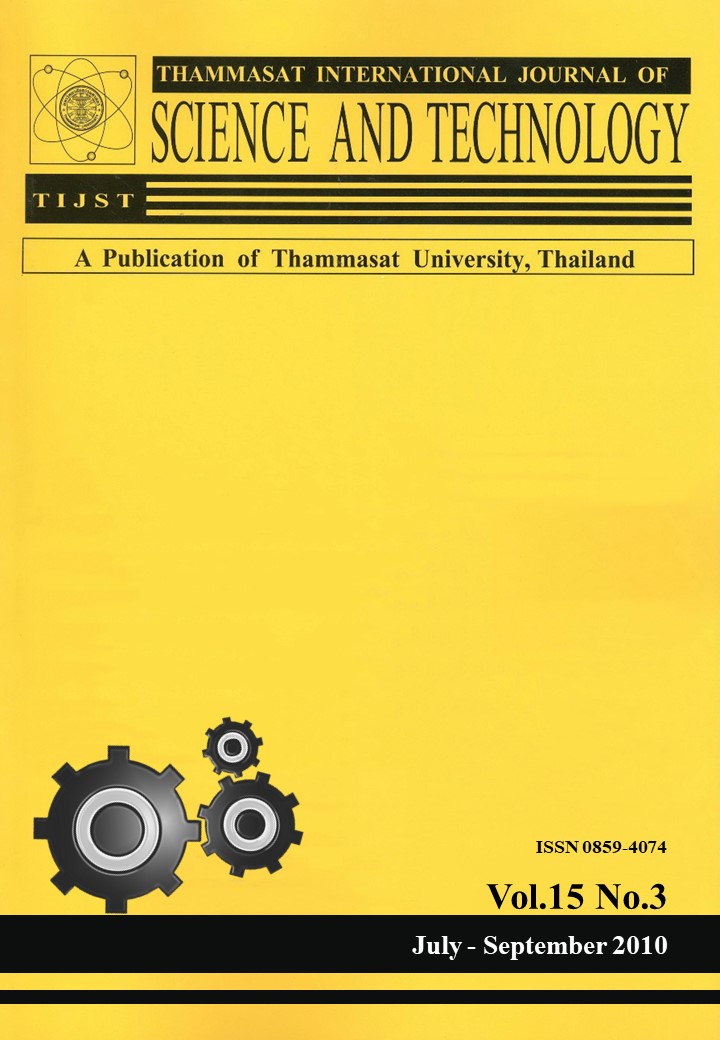Construction and Analysis of a DNA Cassette for Use in DNA-based Immunization: A Potential Application for Producing Antibodies Against Fasciola gigantica
Main Article Content
Abstract
Fasciola gigantica, the tropical liver fluke, is responsible for huge economic losses in the meat industry. Unfortunately, a protective vaccine against fascioliasis is not available. In this study we analyze the use of cathepsin L (CatL), the major secreted proteolytic enzyme of this parasite, for DNA-based immunization in mouse. A chimeric DNA cassette containing the coding sequence for the transmembrane/cytoplasmic (Tm/Cyt) domain of the mouse
lysosome-associated membrane protein (LAMP-1) and the CatL encoding sequence of F. gigantica was constructed in the mammalian expression vector pcDNA3.1. LAMP-1 was selected as a co-stimulatory for this study as its combination with parasite/virus-specific sequences had provoked strong antigen-specific immune responses in mice in previous studies. A gene gun device was used to introduce the recombinant plasmid into mice and the immune response was evaluated by ELISA, immunohistochemistry and immunoblot. The
results showed that the chimeric CatL-Tm/Cyt cassette induced a high titer of IgG1 and significant titers of IgG2a and IgG2b specific to CatL. This indicates a mixed Th1/Th2 response and demonstrates that pcDNA3.1-CatL-Tm/Cyt can be delivered as a functional DNA vaccine using immunization through a gene gun device.


